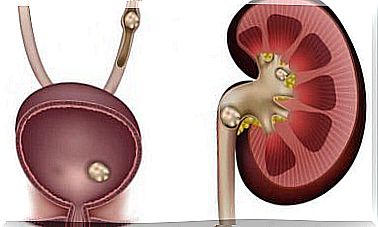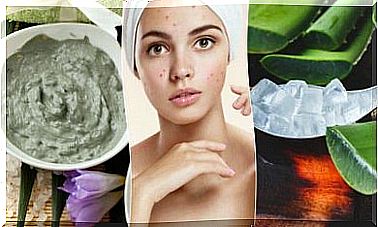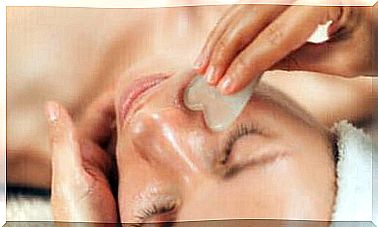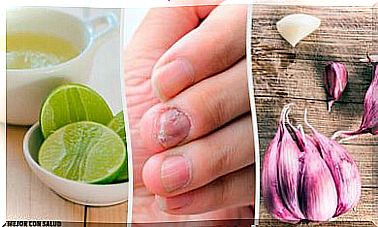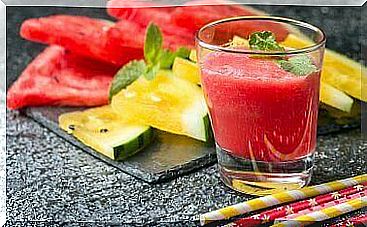Lecithin: What Is It And What Is It For?
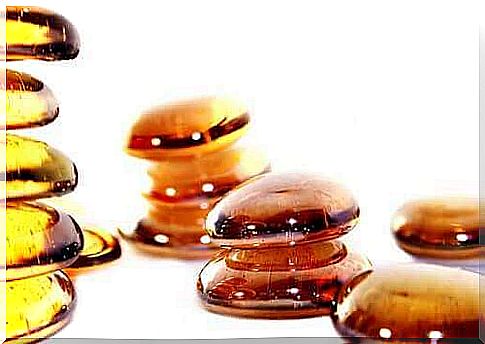
Lecithin is a type of fat found in some body tissues and in some plants. Chemically, it is composed of phospholipids with phosphoric acid, choline and glycerol, plus one or two fatty acids.
Although the name may remind you of a dietary supplement, lecithin is a natural substance. It is part of our tissues, tissues of other animals and some plants. In fact, it is a substance that we regularly produce as a result of normal digestive processes.
Lecithin was first isolated in 1850 from egg yolk. Interestingly, the name is derived from the Greek term for egg: lekhitos. However, you can get it from many sources, including the following:
- soy
- Rapeseed
- Cotton
- sunflower seeds
- Egg
- Other animal fats
Main uses of lecithin
Lecithin has many applications in many different planes. It is used in the food and pharmaceutical industries to make food and cosmetics. You can also use it as a supplement or use it at home to prepare homemade pastries and other dishes.
Lecithin as a dietary supplement

One of the most common uses of lecithin is as a dietary supplement. In this case, the most common option is usually soy, which you can find in the form of granules or oil capsules. It is also made from sunflower seeds or egg yolk.
Lecithin has a nutritional composition and a series of characteristics that provide it with numerous benefits for our body. Below we list a few of them:
- One of the best-known uses and the one that people use lecithin supplements the most is to control blood cholesterol levels. Lecithin can lower LDL cholesterol levels and raise HDL cholesterol levels.
- It aids in digestion in people with ulcerative colitis. It is rich in phosphatidylcholine and nourishes the mucous lining of the gut. Researchers have observed improvements in the digestive processes of patients, who often have a delicate intestinal mucosa.
- While breastfeeding, lecithin can be used to prevent recurring problems with the milk ducts, but not to treat them. The Canadian Foundation for Breastfeading recommends it. This causes the milk to lose some viscosity, making it less likely that the milk ducts will become clogged.
- It improves cognitive functions thanks to choline, which plays an important role in brain development. It can help improve memory.
- Possible benefits during menopause. This comes from a recent study published in the Nutrition Journal. It showed a reduction in fatigue and an increase in energy in a group of women during the menopause. However, we need more research to verify these claims.
The use of lecithin as a food ingredient
Lecithins, regardless of their origin, have emulsifying properties. This means that they can combine two liquids that would not mix well, such as oil and water, for example. This makes processed food products look smooth and homogeneous.
It is common to find emulsifiers in products such as the following:
- Baked products such as cakes, pastries or bread, to prevent them from drying out or going rancid quickly. They also extend the shelf life and give these products a softer and more tender texture.
- Ice. This melts more slowly and has a smoother texture.
- Processed cheeses. It allows the liquid part they add, usually water, to connect well with the fat part.
The European Union approves it as a food additive according to Regulation EC 1333/2008. In the ingredient lists you will find it with the number E322.
Good for the skin
The emulsifying property of lecithins is also useful in the cosmetic industry. Because of this, it is usually an ingredient in many creams. It allows manufacturers to achieve a smooth and homogeneous texture.
In addition, lecithin is rich in antioxidants, phosphorus and vitamins E and A. Therefore, it helps to keep the skin hydrated and flexible. It can restore skin hydration and make it soft, reduce flakiness and provide flexibility.
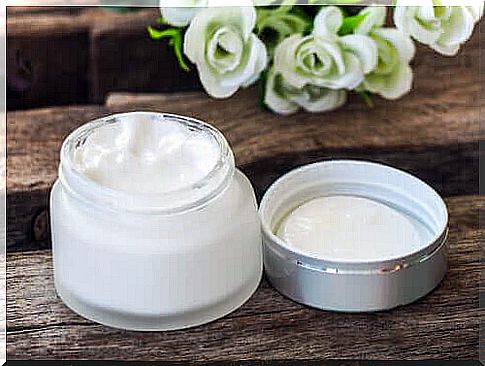
Risks and Contraindications
The Food and Drug Administration (FDA) and the European Food Safety Agency (EFSA) consider lecithin to be a safe ingredient or additive, both in food and cosmetic products. Moreover, they allow it without setting a maximum.
The main risks of lecithin are for those with an egg or soy allergy. So if you’re going to take lecithin supplements, you need to know where they come from. Also, you should read the labels of all manufactured products because as we have seen, it is an ingredient in many products.
As a supplement, it seems to have no other risks or contraindications if you respect the indicated doses. However, we always recommend getting your nutrients from food and consulting a specialist before taking any supplement. This is especially true if you are sick or taking medication.
Lecithin is not just a cholesterol supplement
While this may be one of its best-known properties, taking it as a supplement can help you in many other situations. In addition, it stands out for its high capacity to emulsify aqueous and oily substances, resulting in homogeneous and smoother products. This makes it a widely used ingredient, both in food and in cosmetics.

